Forming part of Magicshine's new sunglasses lineup, the Windbreaker Polarised glasses are a reasonably priced and feature-rich option. With plentiful coverage and effective sun protection, they're an excellent choice but aren't without any downsides. Namely, they're a bit large for smaller faces and the lens tint is a little too dark for the low-light conditions typical of riding through forests.
Magicshine has come to the market with sunnies to explore and cover all types of cycling. The Windbreaker slots into the gravel and mountain bike category with a style that looks good on and off the bike. I was lucky enough to take them out for a spin on many occasions, from trail riding to gravel. Let’s take a look at them in detail.
Magicshine Windbreaker Polarised Sunglasses - Technical details
The lens has a category three rating – a standard expected UV sun-blocking strength seen on both sports sunglasses and casual these days. The lens is polarised, offering a greater level of sun protection but they come with only one lens and cannot change this to suit the light conditions.
Therefore, they are limited to daytime sunlight riding. The Windbreaker are sorted with UV400 protection, and due to the polarised technology within the lens, they are designed to ‘improve contrast, increase clarity and eliminate glare so you can see more details’. The large wraparound lens shape offers bags of eye coverage for both sunlight defense and protection from trailside debris, while the air vents on the lower edges are intended to allow air to flow through and minimise lens fog. A polycarbonate construction is used to add strength against impacts. Oil and dirt are defended by the smudge-resistant coating.
The frame is made using a thermoplastic that's known as TR90. It is incredibly durable, flexible, and lightweight. Comfort is a big focus, as its flexible nature can withstand high pressure. The frame has a contour shape, and its flexibility makes it resilient to damage.
They are featherlight at just 29g without compromising on performance or functionality.
The arms use a mix of materials, with flexible rubber on the area where they are in contact with your ears. They are non-adjustable compared to some you would see on a pair of Oakleys, for instance, with the option to adjust the arm, making it longer or shorter to accommodate various face sizes. The temple tips are designed with an anti-slip construction to help keep them in position, especially if your skin perspires. The nosepiece is adjustable to achieve a personalised, comfortable fit. The better the fit of the sunglasses, the better you will get the most out of them.
Magicshine Windbreaker Polarised Sunglasses - Performance
The arms rest comfortably against the top of my ears, although when I wear them with my helmet, I need to do some rearranging – depending on the helmet and if it sits lower on my head, the majority of the time, I have to tuck the ends of the arms underneath the flimsy helmet cage part. If I were to wear sunnies without pushing the arms inside the helmet, this would make my ears stick out like Yoda's, and this isn’t a great look, let alone being less aerodynamic. The arms are pretty thick, but the positive aspect is the flexible rubber on the lower part of the arms. This is a welcome feature, especially as the arms are often pushed up against my upper ears, so this element eliminates this issue.
While riding, I sometimes have to reposition the sunglasses, which are awkward to put back on quickly, or while cycling with just one hand.
The lens shape is large and, although this is a massive positive as it defends my eyes and some of my face from the elements, it also means they look pretty large on a petite face shape. The bottom part of the lens rests near my cheekbones, and the upper part covers half of my forehead. The lens has some ventilation holes along the bottom outer edge, which acts as a great filter through which air can flow naturally. The holes are small and unintrusive but make a big difference in defending against unwanted fogging. I never felt too restricted or confined if things started to heat up as the airflow was consistent at clearing my view, which was a relief while climbing up hills and not wanting to use energy to remove the glasses.
The lens works well in terms of shielding the eyes from the sun. With UV400 protection paired with polarised technology, the lens is designed to filter intense sun rays; therefore, the vision is on the darker tone of the scale. I found it disappointing that I was limited to only using the one lens tint as I found it to be too dark for daytime riding when the light is low, such as on a cloudy, drizzly day. It would have been good to swap the lens to suit the light conditions. This is noticeable while riding in a shielded forest where the natural light is low. Polarised technology gives brilliant definition and contrast to trail features and is well suited to gravel with road and forest road sections from time to time.
I used the Windbreaker glasses first during a rainy gravel ride. The water slid off the lens easily, causing no interference to my vision. There was also no condensation, causing vision obstruction.
Magicshine Windbreaker Polarised Sunglasses - Verdict
A sizeable protective lens on a lightweight, flexible frame gives sunlight defense and blocks all other weather elements, particularly wind. It's a shame they don't come with optional lenses to suit different light conditions, as they work great with high sunlight but not so well in cloudy weather.
Tifosi’s Vogel SL Single Lens Sunglasses feature a large shield lens, rubber ear and nose pieces, and a strong nylon frame. They don’t have polarised lenses or additional ventilation in the lens like the Windbreaker. They will set you back at only £55 and a little lighter at 26 grams. The Shumba II Glasses by Endura costing £75 are made using the same material as the Windbreaker, but they allow for a lens change and is available in a set with additional lens options for different conditions.
Given its name, Windbreaker, the glasses are ideal for blocking the gusts you may encounter on the trails. The flexible arms offer comfort against ears, while the subtle ventilation holes in the lens allow air to flow, removing any unwanted fogging. Even though the lens sits high on the face, especially for small/petite faces, they offer plenty of face protection. The only niggle is because of this; they can collide with the helmet. So a little fiddling and correct positioning is needed. But once in position, the glasses perform very well.










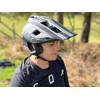
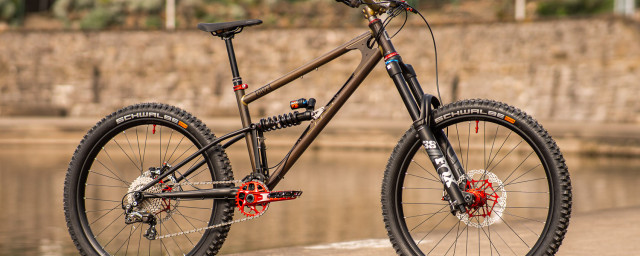
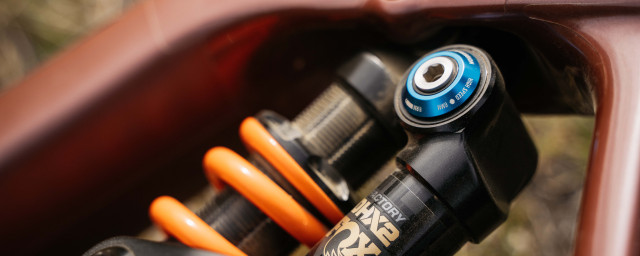

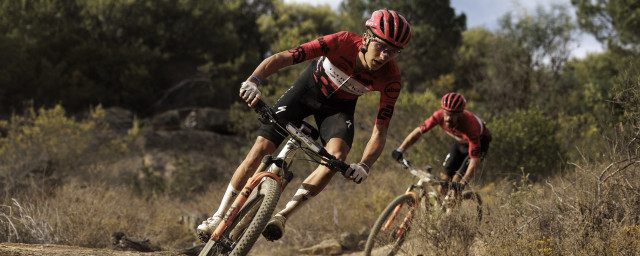


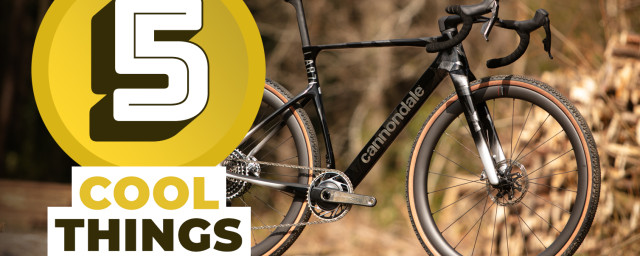
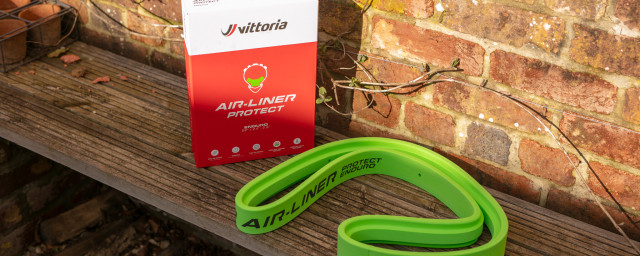
Add comment